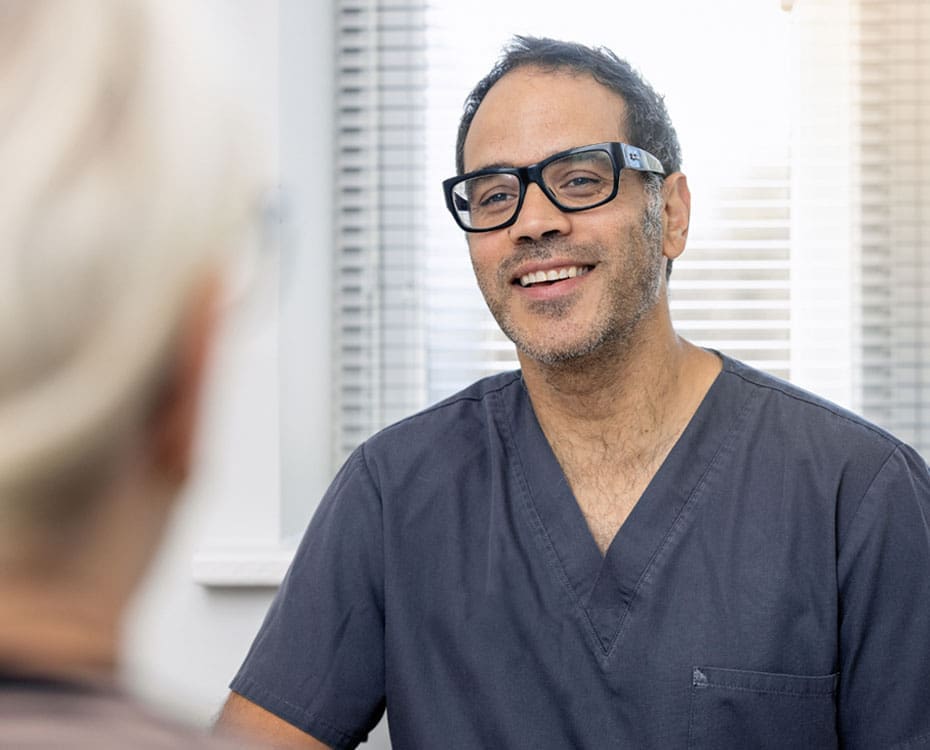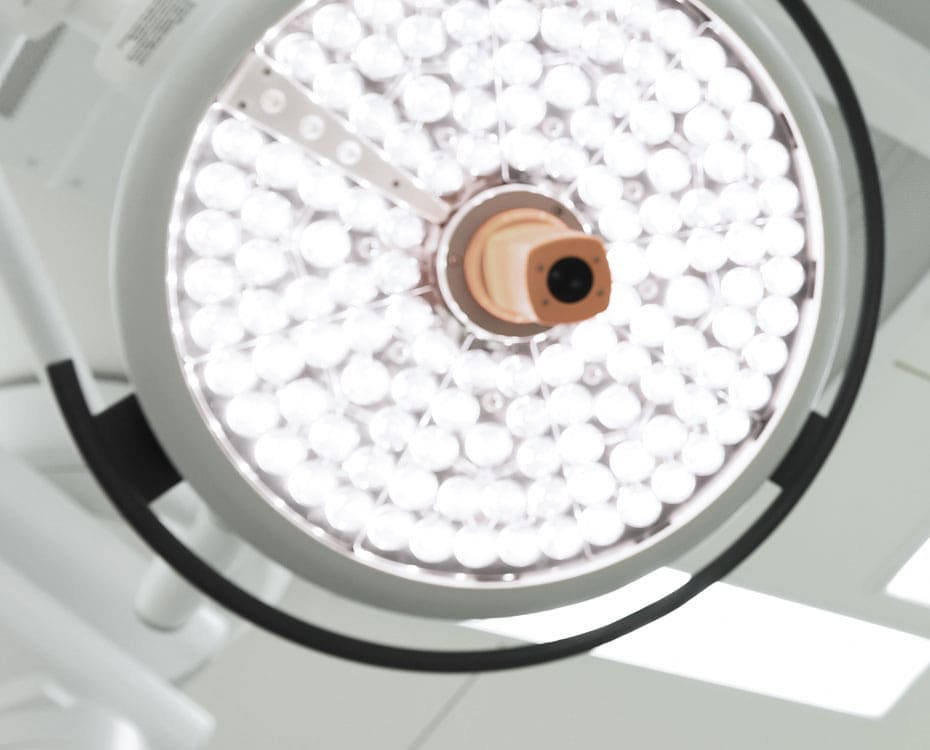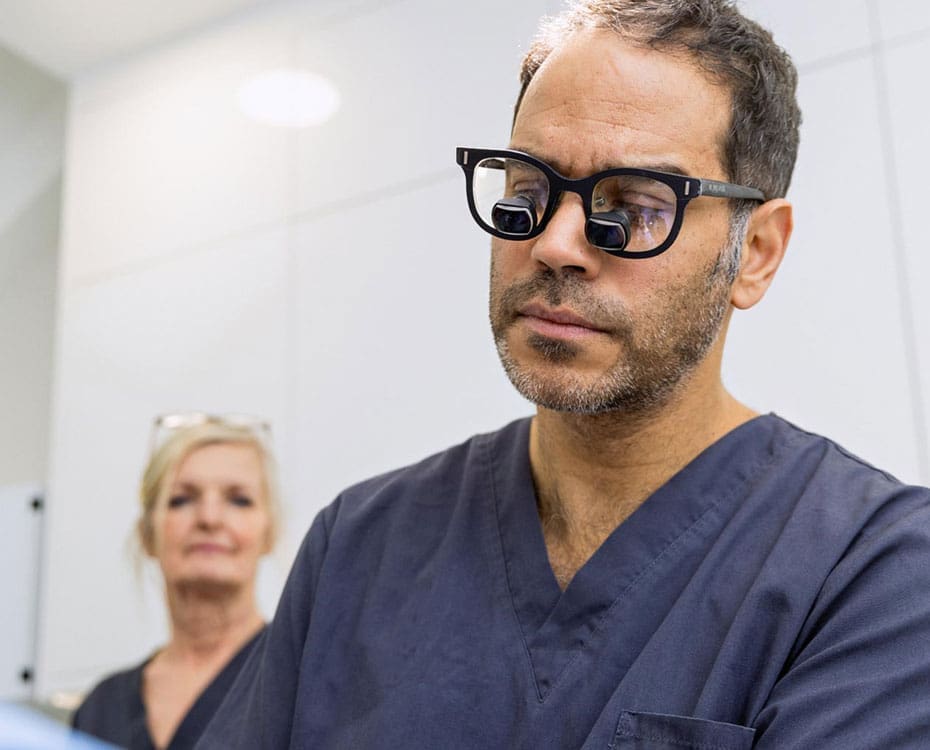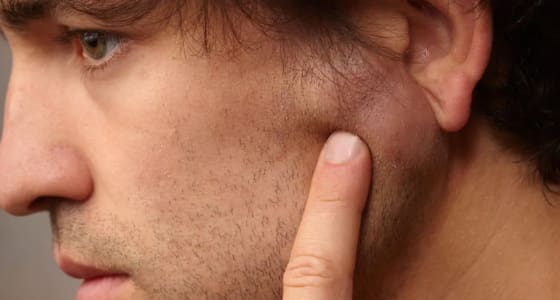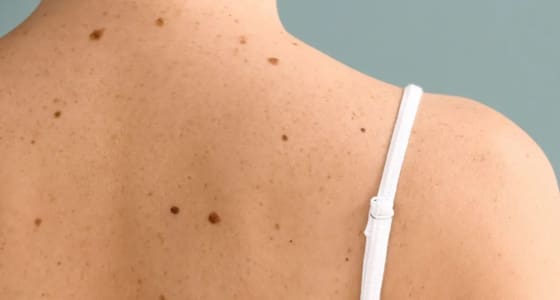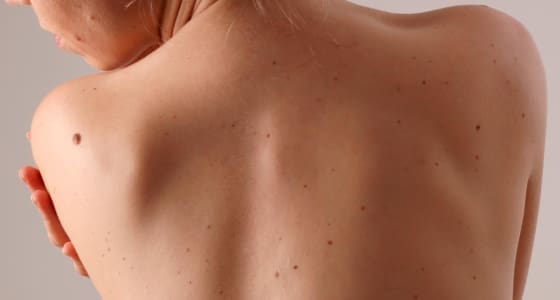Although surgical excision is generally considered a safe procedure, it is important to be aware of potential risks and complications that may arise, including:
Infection
There is a risk of infection with any surgical procedure. Symptoms of infection may include increased pain, redness, swelling, warmth, or discharge from the wound. Infections typically occur around 9 days after the procedure and can be treated with a course of oral antibiotics. If you have any concerns about infection, we are available to assess and provide appropriate advice.
Bleeding
Bleeding may occur during or after the removal procedure. In rare cases, excessive bleeding may require medical attention.
Scarring
Scarring is inevitable following any surgery, with the extent varying based on individual cases and healing processes. Efforts will be made to minimize the appearance of any unavoidable scarring.
Nerve Damage
In rare instances, surgical removal procedures for large or deep lesions may result in damage to nearby nerves, leading to temporary or permanent numbness or altered sensation in the area.
Recurrence
Certain types of skin lesions carry a small risk of recurrence. If the surgery involved removing a skin cancer, annual skin checks with a skin expert are recommended to monitor for signs of recurrence or other skin cancers.


